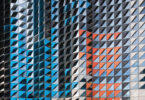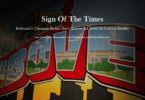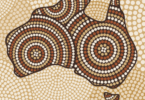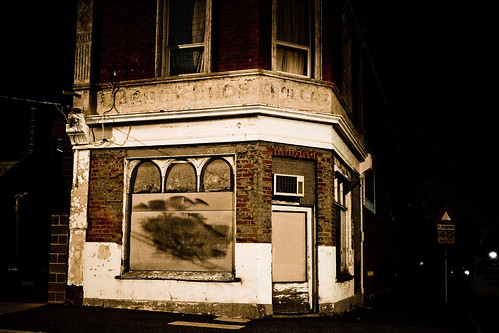 Abandoned buildings in the CBD are creating controversy in the wake of many newly approved developments.
Abandoned buildings in the CBD are creating controversy in the wake of many newly approved developments.
While planning goes ahead for new skyscrapers such as “Tower Melbourne”, many buildings lay decaying in the heart of our state capital.
“12 to 14 of buildings are currently listed as abandoned in the Central Business District” says Joe Denaro of the City Planning Department, “however there could be hundreds more.”
Iconic buildings such as the former Argus building, the Savoy pub and even the upper levels of Flinders Street Station have become “notorious” among the council and government. To see more of these sites, look at the map below.
Reasons for Abandonment
“It’s quite common that the ground floor is tenanted and quite hospitable, but the upper levels are unsuitable for safety or disability reasons,” says Adrian Salmon, assistant director of Statutory Planning Approvals Melbourne.
These can include
- Fire safety regulations
- Building instability
- Dangerous materials used in construction which may affect renovation eg asbestos
- Incompatibility with laws requiring disabled access
- Difficulty navigating heritage laws
However, some buildings simply fall victim to the long process of gaining building approval.
“Getting a building permit can take a long time, and will cost half a million dollars plus” says Mr Salmon, “and of course, it’s subject to numerous tests.”
Properties like The Age building on Spencer Street, abandoned buildings on Lonsdale Street and Russell street are being developed into high rise apartments.
Current Uses for Uninhabited Buildings
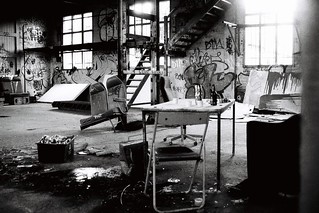
- “There are always signs of abandonment if you know where to look,” says Allison McKay, who squatted in Fitzroy North for 18 months.
Squatting is popular in this city – there’s even a Melbourne Squatters guide – Allison is one of thousands who saw opportunity in derelict housing.
- The homeless of Melbourne also use abandoned buildings as temporary shelter.
The Salvation Army estimates that charity provides food services to 4,000 homeless in the city centre, and yet they can provide accommodation for only 200.
- Abandoned spots can also utilise a temporary development license with the owner’s permission to create exhibition or event space.
This license was used to help facilitate events like Melbourne Music Festival or White Night.
The Future of Melbourne’s Derelict
Brian Tee, Shadow Minister for Melbourne City Planning and Development, supports these moves supporting the artistic industry and the community.
“We don’t have to go straight to development – we could try to facilitate a more vibrant arts community,” says Mr Tee.
The council however, says they have little power over private properties which the owner has chosen to desert.
“It’s difficult for us to influence these processes,” says Brendan Cousins of the City Planning and Development Department, “we tried a system of differential rating charges, but that was abandoned too.”
Owners who left their properties in ruin were charged more for council services, as an incentive to renovate or rebuild – but over time this proved unsuccessful in creating anything except revenue.
The future for abandoned buildings, especially those that have forever clung to a changing and developing landscape, is still up for grabs.
View Derelict Buildings of the CBD in a larger map

